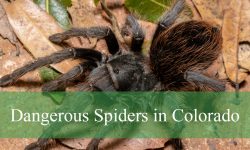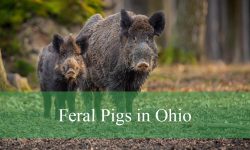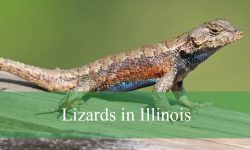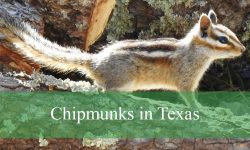Grasshoppers are among the most common and intriguing insects found across Colorado’s varied landscapes. From dry plains to mountain meadows, many species of grasshoppers in Colorado thrive in these diverse environments. Learning to identify these insects helps both nature lovers and land managers better understand Colorado’s rich ecosystem.
This article introduces 20 types of grasshoppers in Colorado, showcasing their unique physical traits, behaviors, and preferred habitats. With detailed pictures and identification tips, you can easily spot and recognize these grasshoppers during outdoor adventures or even in your own backyard. Each species plays an important role in maintaining the balance of local ecosystems.
Exploring the variety of grasshoppers in Colorado reveals the incredible diversity found within this group of insects. They differ widely in size, color, and habits, reflecting the state’s complex natural environments. Let’s begin the journey to discover these fascinating creatures and appreciate their place in Colorado’s wildlife.
Common Grasshoppers Found in Colorado
Two-striped Grasshopper (Melanoplus bivittatus)
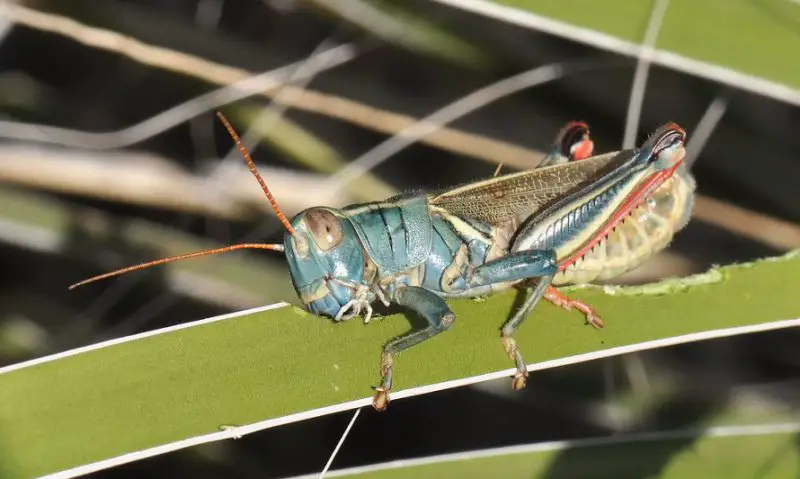
The Two-striped Grasshopper is one of the most recognizable grasshoppers in Colorado, easily identified by the two pale yellow stripes that run from the eyes down to the wings. Adults typically measure between 1.25 to 2 inches in length, with females being larger than males. Their body coloration can range from brown to olive green, with a smooth appearance and well-developed wings.
This species is most active during warm months and thrives in grasslands, meadows, roadside vegetation, and agricultural fields. In Colorado, they are commonly found in lowland and montane zones, especially in areas with abundant tall grasses and broad-leafed plants. Their strong jumping ability and quick flight make them challenging to catch or observe up close.
Two-striped Grasshoppers are generalist herbivores and feed on a wide variety of crops and wild vegetation. They consume grasses, forbs, and agricultural crops such as alfalfa, wheat, and corn. In large numbers, they can become serious agricultural pests. Their feeding behavior is diurnal, and they prefer sunny, dry habitats with open access to food sources.
Green-striped Grasshopper (Chortophaga viridifasciata)

The Green-striped Grasshopper is a medium-sized grasshopper, measuring around 0.75 to 1.5 inches long, and is noted for the green or tan longitudinal stripe running down its back. Males are often green and smaller, while females tend to be brownish and larger. Their coloration allows them to blend well with grassy environments, aiding in camouflage.
In Colorado, Green-striped Grasshoppers are found in open habitats such as prairies, meadows, lawns, and roadsides. They prefer moist environments with a mix of grasses and low vegetation and are active from early spring through summer. Unlike some other species, this grasshopper may be among the first to appear in spring due to its early emergence.
They feed primarily on grasses and herbaceous plants, playing an important role in shaping local vegetation dynamics. Though they rarely reach pest status, high population densities can occasionally cause noticeable damage to young crops or turf. Their courtship includes buzzing flight displays by the males, which produce a faint whirring sound.
Carolina Grasshopper (Dissosteira carolina)
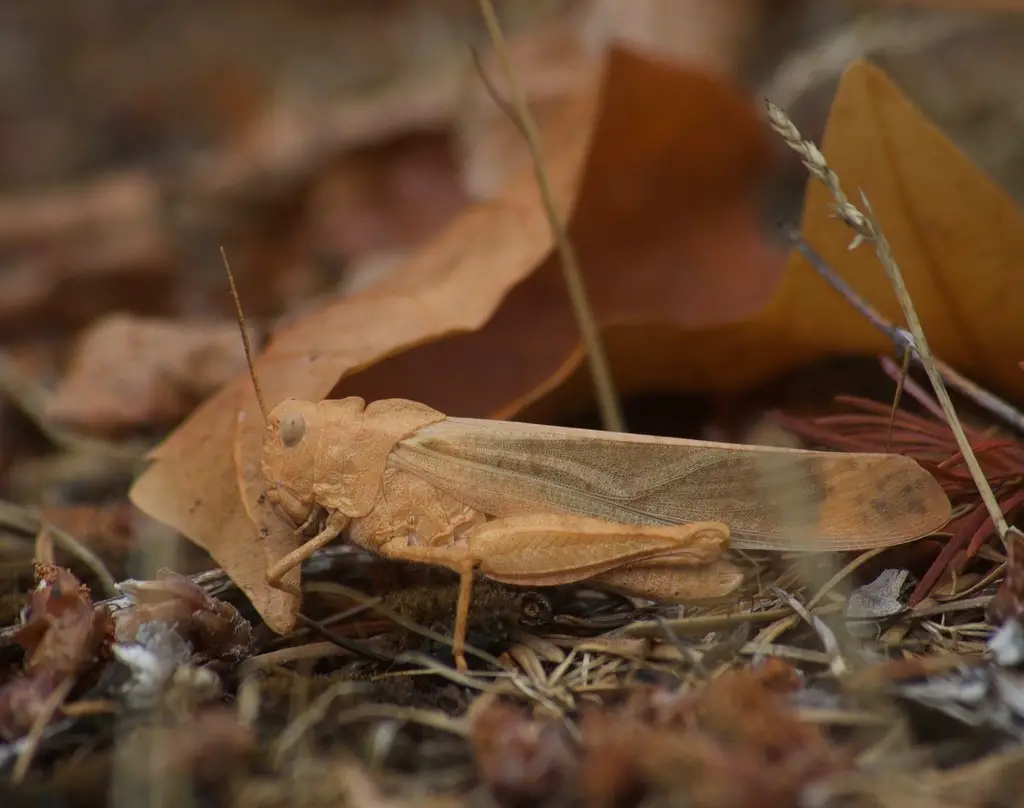
The Carolina Grasshopper is a large, robust species reaching lengths of 1.5 to 2.5 inches. Its most distinctive feature is its black hindwings bordered with pale yellow, visible during flight. At rest, however, it appears drab gray or brown, often mottled, making it blend well with bare soil and gravel surfaces.
This species prefers dry, open environments like dirt roads, rocky paths, and bare ground, often seen basking in full sun. In Colorado, it is commonly observed in arid plains, foothills, and disturbed habitats. Carolina Grasshoppers are strong fliers and are often startled into flight with a loud fluttering sound when approached.
They feed on a broad range of plants, including both grasses and broadleaf weeds. Their diet includes ragweed, sunflower, clover, and other weedy species. While generally not considered a major pest, their presence in high numbers can lead to significant defoliation, especially in disturbed areas or abandoned fields.
Differential Grasshopper (Melanoplus differentialis)
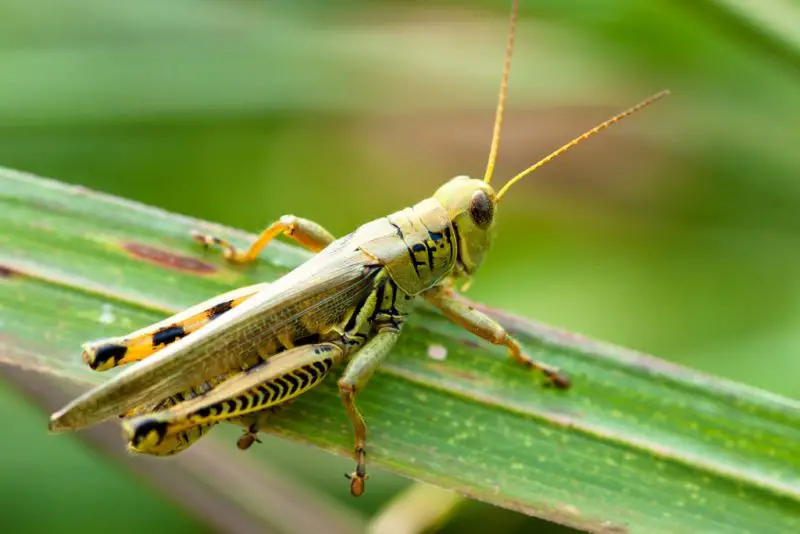
The Differential Grasshopper is a large and sturdy grasshopper, with adults measuring up to 2 inches long. It is recognized by the characteristic black chevron (V-shaped) markings on its hind femurs and its bright yellow to olive body coloration. The wings are long and functional, giving this species strong flight ability.
In Colorado, it inhabits a variety of ecosystems, including cultivated fields, grasslands, and riparian corridors. It prefers moist habitats and is often found near irrigation ditches, crop edges, and areas with lush vegetation. This grasshopper is highly mobile and can disperse over long distances when food becomes scarce.
It is a serious agricultural pest due to its broad diet, which includes corn, soybeans, alfalfa, and a wide array of garden vegetables. Nymphs and adults are both voracious feeders, and outbreaks can lead to significant crop losses. During population surges, they can migrate in swarms across fields and urban green spaces.
Red-legged Grasshopper (Melanoplus femurrubrum)
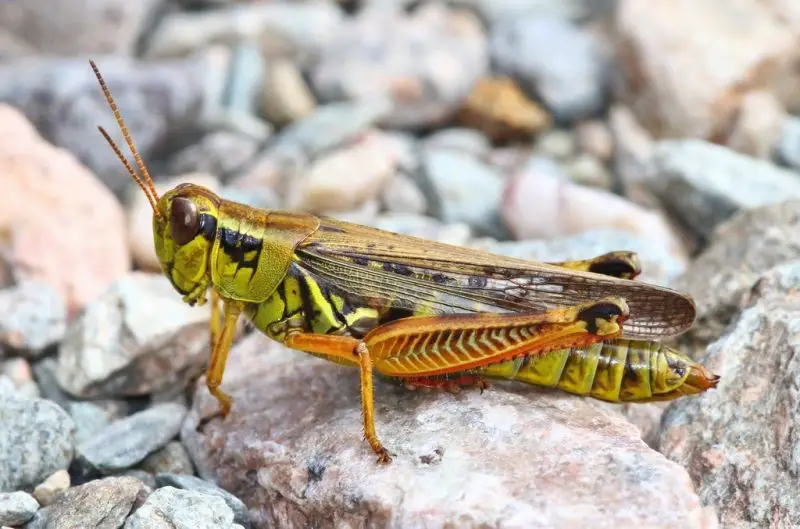
The Red-legged Grasshopper is a medium-sized species, ranging from 0.75 to 1.5 inches in length, and is named for its distinctive reddish hind legs. Its body is typically brown or olive with a speckled appearance, while the hind tibiae may also be reddish or orange. The wings are long and allow for strong flight.
This grasshopper is one of the most common in Colorado, inhabiting a range of environments from suburban lawns to alpine meadows and prairie grasslands. It is particularly abundant in late summer and early fall. It tends to favor moist, grassy areas but adapts well to disturbed sites such as roadsides and ditches.
Red-legged Grasshoppers are omnivorous herbivores that feed on grasses, forbs, and sometimes even decaying organic matter. They are known to feed on over 40 species of plants, making them generalist feeders. While usually not a major pest, their high numbers during dry years can contribute to localized crop damage.
Fork-tailed Bush Katydid (Scudderia furcata)

The Fork-tailed Bush Katydid is a slender, green insect with long, leaf-like wings and long antennae that often exceed its body length. Adults typically measure between 1.5 to 2 inches long. The species gets its name from the male’s distinctive forked cerci (appendages at the tip of the abdomen), which help in identification.
This katydid is commonly found in shrubby vegetation, gardens, forest edges, and meadows throughout Colorado, especially during the warmer months. They are excellent at camouflage, often blending in with leaves and staying hidden during the day. Their activity peaks at night when males produce a rapid “tick-tick-tick” sound to attract mates.
Fork-tailed Bush Katydids are omnivorous but primarily feed on plant material such as leaves, flowers, and fruit. Occasionally, they may also consume small insects or insect eggs. While not typically harmful to crops, they can cause minor damage to ornamental plants and garden produce.
Fall Field Cricket (Gryllus pennsylvanicus)
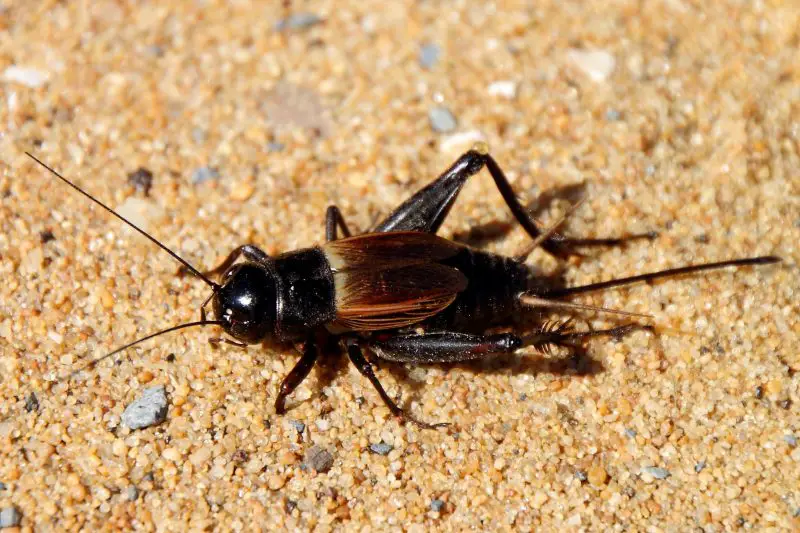
The Fall Field Cricket is a dark brown to black cricket, measuring about 0.5 to 1 inch long, with a robust body and long hind legs adapted for jumping. Males are easily distinguished by their musical chirping, which is produced by rubbing their wings together in rhythmic patterns.
In Colorado, these crickets are most abundant in late summer and fall, commonly found in fields, under logs, near buildings, and even inside homes. They prefer moist environments but can adapt to a wide range of conditions, including suburban areas. They are mostly nocturnal and tend to hide during the day.
Fall Field Crickets are scavengers and omnivores, feeding on decaying plant matter, fungi, seeds, and occasionally dead insects. Their role in the ecosystem includes breaking down organic material and providing food for birds, reptiles, and small mammals. While harmless, they may become a nuisance when they enter homes seeking warmth in autumn.
Mormon Cricket (Anabrus simplex)

Despite its name, the Mormon Cricket is not a true cricket but a flightless katydid. It is large and bulky, with adults growing up to 2.5 to 3 inches long. They vary in color from black to brown, red, or green, and have a pronounced shield-like thorax and short wings.
Mormon Crickets are found in the rangelands and high deserts of Colorado, particularly in the western and central parts of the state. They often gather in massive migratory bands that can stretch for miles. These swarms march across landscapes, sometimes crossing roads, devouring crops, and affecting local ecosystems.
They are omnivorous and feed on grasses, forbs, cultivated crops, and even their own dead. During outbreaks, they can destroy entire fields of grain and forage, prompting control efforts. Despite their threat to agriculture, they are an important part of food webs and have cultural significance in the western U.S.
Greater Anglewing (Microcentrum rhombifolium)

The Greater Anglewing is a beautiful, bright green katydid that resembles a fresh leaf, complete with visible “veins” on its wings. Adults are typically 1.75 to 2.25 inches long and possess extremely long antennae and broad, angular wings that help them blend perfectly into foliage.
In Colorado, they inhabit deciduous woodlands, forest edges, orchards, and suburban gardens. They are most active during summer and fall and are nocturnal by nature. The male’s call is a loud, sharp “tick” sound repeated every few seconds, easily heard on warm evenings.
Greater Anglewings are herbivores, feeding on the leaves of shrubs, trees, and garden plants. They are not considered major pests, but their chewing may slightly damage ornamental vegetation. Their cryptic appearance and nocturnal habits make them challenging to spot, making them a favorite among insect watchers.
Crackling Forest Grasshopper (Trimerotropis verruculata)

The Crackling Forest Grasshopper is a medium-sized grasshopper, typically 1 to 1.5 inches long, known for its cryptic coloration, which mimics bark, gravel, or lichens. When it takes flight, it produces a distinctive “crackling” or snapping noise with its wings, which is how it gets its name.
This species is commonly found in dry, wooded habitats, open forests, rocky outcrops, and gravel roadsides across Colorado. It often rests motionless on logs, rocks, or bare soil, relying on camouflage to avoid predators. Its erratic, noisy flight startles birds and other predators when disturbed.
Crackling Forest Grasshoppers feed on a mix of grasses and herbaceous plants, playing a modest role in nutrient cycling within forested ecosystems. They are not considered pests and are of interest primarily to naturalists due to their unique behavior and sound.
Pallid-winged Grasshopper (Trimerotropis pallidipennis)
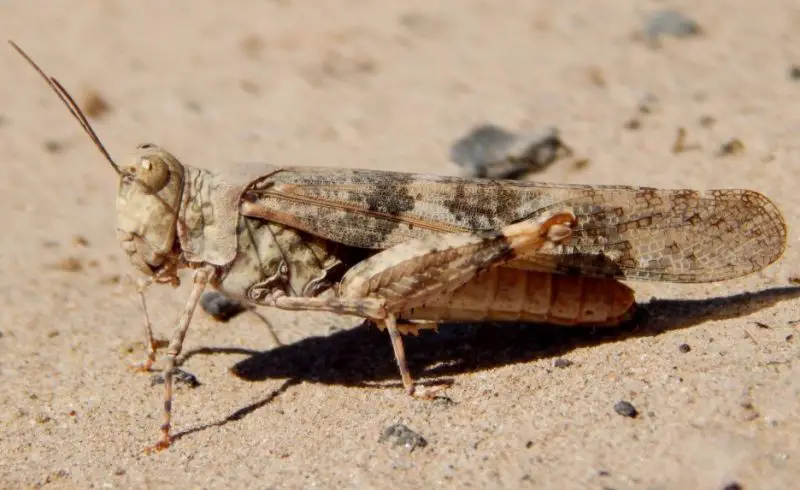
The Pallid-winged Grasshopper is a medium to large species, reaching 1.25 to 2 inches in length, with light brown to gray coloration and translucent, pale hindwings. Its cryptic appearance helps it remain hidden against sandy or rocky backgrounds, which are common in its preferred habitats.
In Colorado, this species is usually found in arid, open environments like desert scrublands, sandy washes, and sagebrush flats. It tolerates high temperatures and dry conditions well, often perching on bare ground or rocks during the heat of the day. Its flight is swift and direct, often accompanied by a short buzzing sound.
The Pallid-winged Grasshopper feeds on a variety of desert-adapted grasses and forbs. It is considered a minor pest in some southwestern states, but in Colorado, its populations are usually well-balanced with its environment. It plays an important role in desert food chains, serving as prey for birds and reptiles.
Pale Clouded Grasshopper (Encoptolophus pallidus)

The Pale Clouded Grasshopper is a medium-sized species, typically measuring about 1 to 1.4 inches long. It is characterized by its dusty gray or light brown body with subtle mottling that helps it blend into dry, sandy, or grassy landscapes. Its hind wings are pale and often hidden beneath short forewings, giving it a compact appearance when at rest.
In Colorado, this species inhabits dry prairies, grasslands, and agricultural margins, particularly in open, sun-exposed areas. It is active during the warm summer months and is often seen on bare soil or low vegetation. When disturbed, it flies in short bursts but rarely travels far, preferring to stay close to its foraging grounds.
Pale Clouded Grasshoppers feed on various grasses and broad-leaved plants. Although they can appear in significant numbers during favorable conditions, they are not typically considered major agricultural pests in Colorado. Their cryptic coloration and short flights make them less noticeable compared to other more active species.
Colorado Purple-striped Grasshopper (Hesperotettix coloradensis)
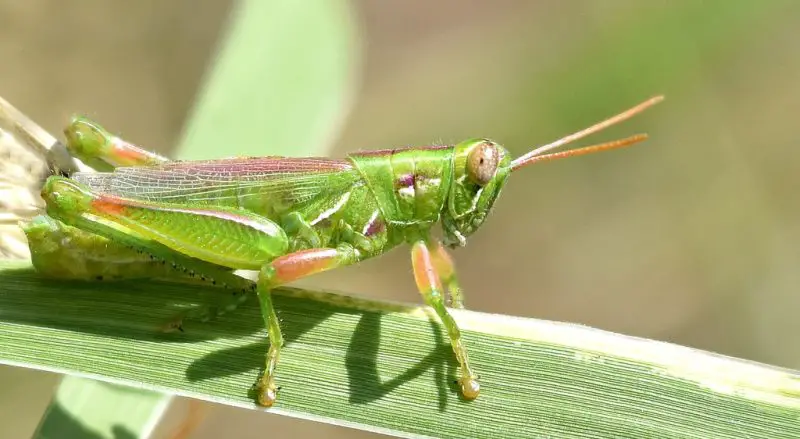
The Colorado Purple-striped Grasshopper is a small to medium grasshopper, easily recognized by its striking purple or lavender stripes running along the sides of its green or olive body. Adults usually measure between 0.8 to 1.2 inches in length. This vibrant coloration makes it one of the more visually distinctive species in the region.
It is native to the western and central parts of Colorado, where it is commonly found in rangelands, meadows, and shrubby areas. This species prefers habitats with ample forbs, particularly where composites like sunflowers or rabbitbrush grow. It is a more sedentary grasshopper, often observed sitting on the stems or leaves of its preferred plants.
Unlike many generalist feeders, the Colorado Purple-striped Grasshopper has a relatively narrow diet, primarily feeding on broadleaf plants, especially those in the Asteraceae family. Its host-specific behavior makes it of interest to researchers, although it is not considered a major pest due to its localized and selective feeding.
Red-shanked Grasshopper (Xanthippus corallipes)
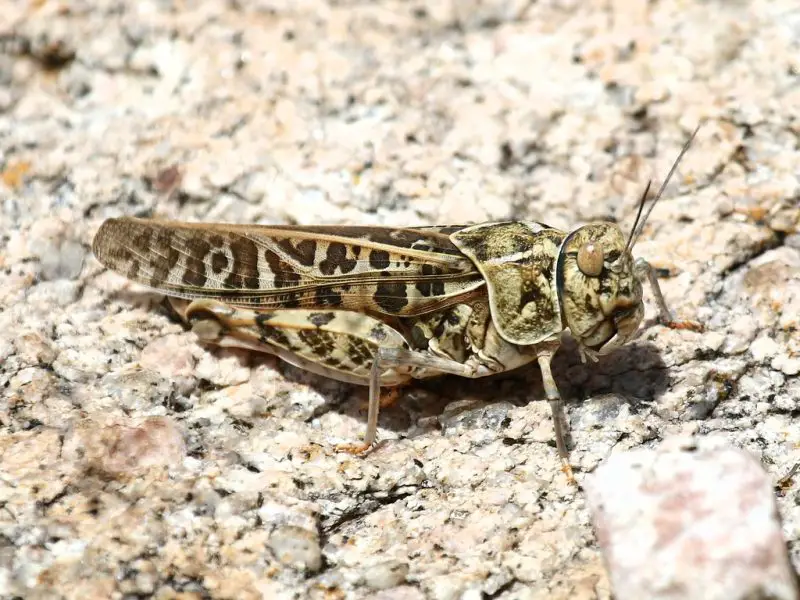
The Red-shanked Grasshopper is a robust species, reaching lengths of up to 2 inches. It is known for its vivid red or coral-colored hind tibiae (lower legs), which contrast sharply with its otherwise mottled gray or tan body. When in flight, its yellow hind wings with a black band become visible, offering another key identification feature.
This grasshopper is common in dry, rocky, or gravelly habitats across Colorado, including foothills, rangelands, and semi-desert areas. It prefers sparse vegetation and can often be seen basking on warm rocks or soil during the day. When disturbed, it bursts into the air with a strong, noisy flight.
The Red-shanked Grasshopper is a mixed feeder, consuming both grasses and forbs. Its diet and tolerance for harsh environments make it well adapted to the arid and semi-arid regions of the state. Although occasionally seen in large numbers, it rarely reaches pest status due to the patchy nature of its populations.
Montana Short-wing Grasshopper (Melanoplus montanus)
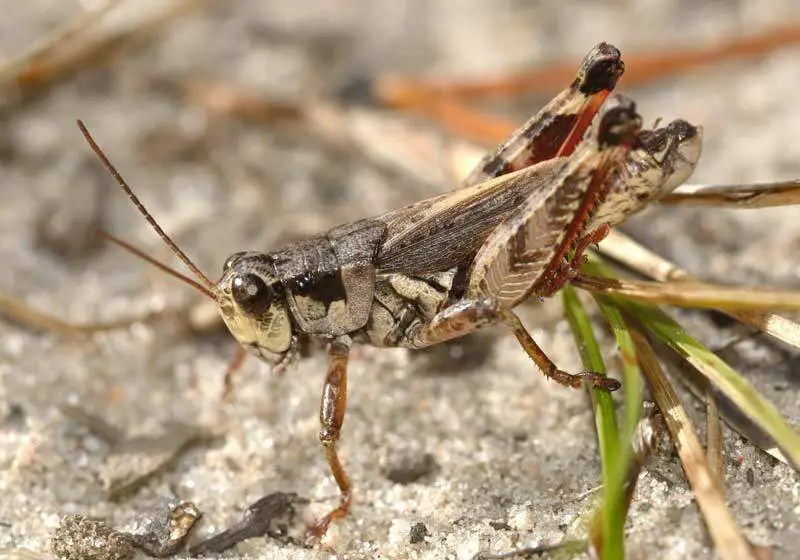
The Montana Short-wing Grasshopper is a small, compact grasshopper typically ranging from 0.75 to 1 inch in length. It is distinguished by its notably reduced wings, which make it incapable of sustained flight. Its coloration is usually brown or grayish, often with faint striping on the thorax and legs.
This flightless species is found in high-altitude grasslands, mountain meadows, and foothill regions throughout Colorado, especially in cooler and more elevated habitats. Its reduced wings are an adaptation to these windy and rugged environments, where hopping is a more efficient means of movement than flying.
Montana Short-wing Grasshoppers feed on grasses and herbaceous plants, favoring native species found in undisturbed alpine and subalpine habitats. They are seldom found in agricultural areas and pose no threat to crops. Their presence is often used as an ecological indicator of healthy grassland ecosystems in mountainous regions.
Rocky Mountain Locust (Melanoplus spretus)
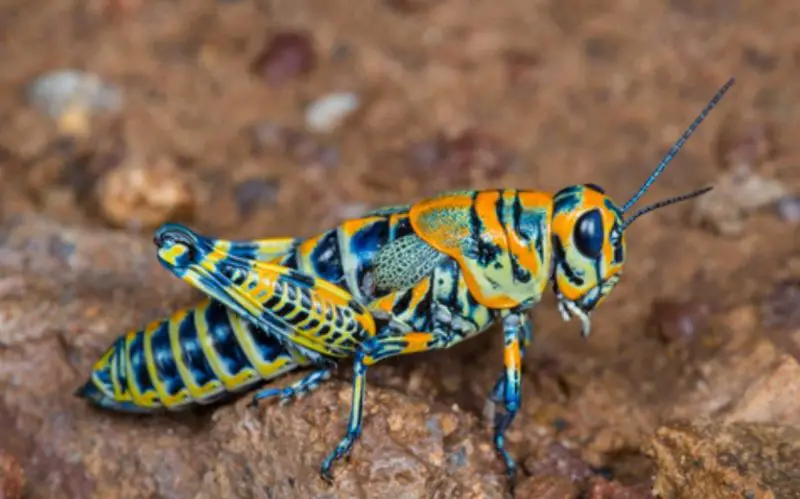
The Rocky Mountain Locust was once a highly destructive grasshopper species, infamous for forming massive swarms that devastated crops across the western United States during the 19th century. Adults measured about 1 to 1.5 inches in length and had a yellow-brown to pale tan coloration, with transparent wings that extended well beyond the abdomen. Despite its unassuming appearance, it was capable of long-distance flight in coordinated groups.
Historically, it was found throughout Colorado’s prairies and mountainous foothills, especially in moist valley floors and river basins where its eggs were laid in undisturbed soils. During population booms, it could migrate hundreds of miles, covering skies and leaving fields barren. The species was especially feared by farmers for its ability to destroy entire harvests in mere hours.
By the early 1900s, the Rocky Mountain Locust mysteriously vanished. Scientists believe habitat loss and agricultural development in its breeding grounds may have led to its extinction. Today, it serves as a case study in ecological disruption and extinction, and it remains the only known grasshopper species to have gone extinct in modern times.
Clear-winged Grasshopper (Camnula pellucida)
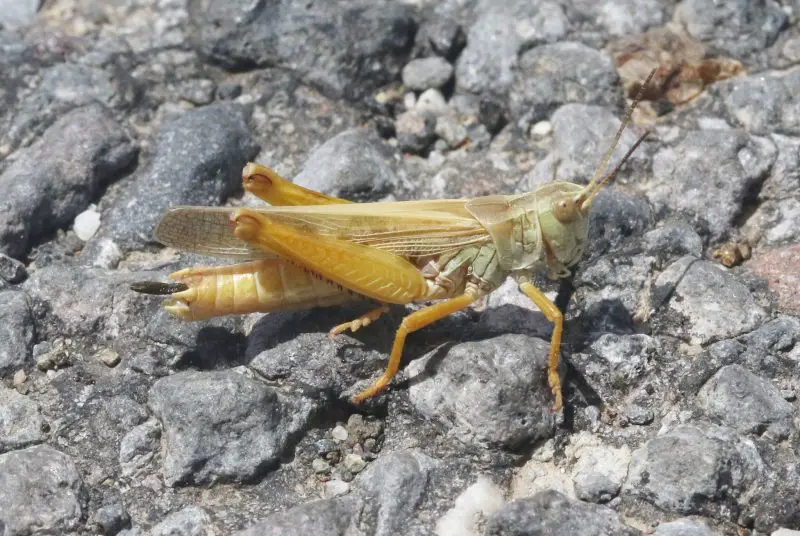
The Clear-winged Grasshopper is a slender, pale brown to gray species with translucent hind wings and a narrow body. Adults are typically 0.8 to 1.3 inches long and have a pronounced, forward-slanting face and lightly mottled forewings. It is a strong flier and is known for its ability to disperse over large areas.
This species is widespread in Colorado, particularly in cultivated fields, grasslands, and meadows in both lowland and upland areas. It thrives in areas with dense grass growth, including cereal crops and natural grass ecosystems. It is one of the most frequently encountered grasshoppers in agricultural settings due to its feeding preferences and mobility.
The Clear-winged Grasshopper is a grass specialist, feeding almost exclusively on various native and cultivated grasses. It is considered a significant pest in some years, especially when drought conditions favor rapid population growth. In outbreak years, it can cause serious damage to wheat, barley, and rangelands.
Striped Slant-face Grasshopper (Chorthippus curtipennis)
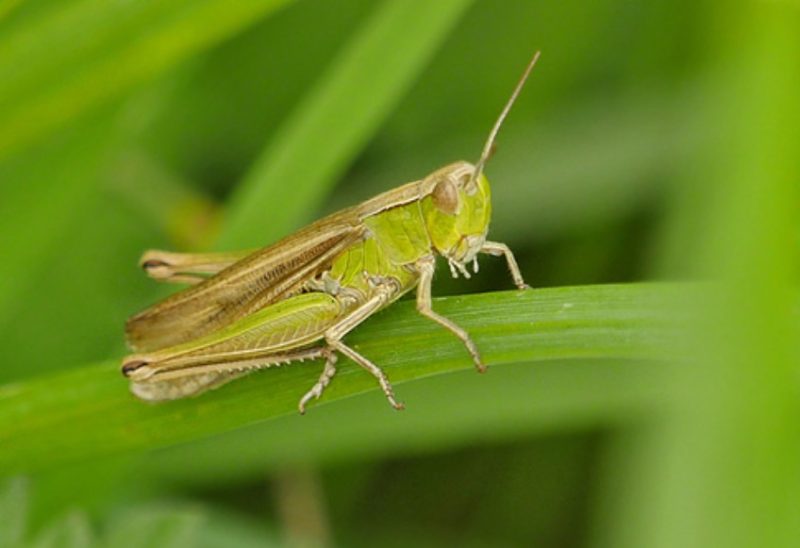
The Striped Slant-face Grasshopper is a slender species known for its slanted face, long antennae, and the pale longitudinal stripe running down each side of its green or brown body. Adults typically measure 0.7 to 1 inch in length and have a sleek appearance, with wings that slightly exceed the abdomen.
In Colorado, this species is found in a wide variety of habitats, including grassy meadows, wetlands, forest clearings, and roadside margins. It is active from late spring through summer and is particularly common in moist areas where grasses and sedges dominate the vegetation.
The Striped Slant-face Grasshopper primarily feeds on grasses, including native prairie grasses and wetland species. Its presence is often an indicator of healthy, biodiverse habitats. It does not tend to form large swarms and is not considered a significant agricultural pest in Colorado.
Speckle-winged Grasshopper (Arphia conspersa)

The Speckle-winged Grasshopper is easily identified by its mottled brown and gray forewings and its hind wings, which often flash yellow or orange with dark bands during flight. Adults are medium-sized, ranging from 1 to 1.3 inches in length, and they often have a broad, rugged build.
This species is common in rocky and gravelly open habitats across Colorado, especially in foothills, desert margins, and dry grasslands. It prefers areas with sparse vegetation and plenty of sun exposure. When disturbed, it takes off in a short, rattling flight, flashing its colorful hind wings as a startle display.
Speckle-winged Grasshoppers feed on a mix of grasses and forbs and are active during the warmer months. Though occasionally abundant, they rarely reach pest levels and are more appreciated for their striking appearance and role in natural grassland ecosystems.
Pygmy Grasshopper (Family Tetrigidae)
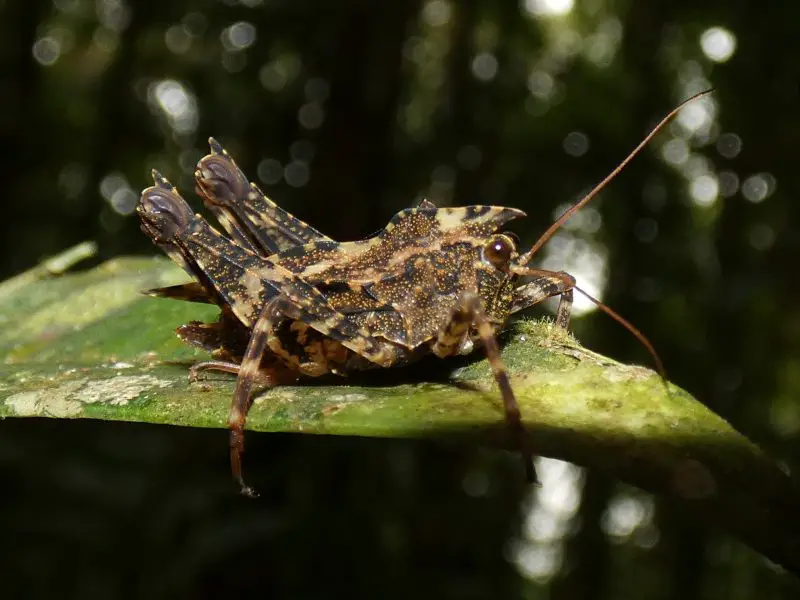
Pygmy Grasshoppers are a group of tiny, ground-dwelling insects, typically measuring only 0.3 to 0.6 inches long. They are easily recognized by their extended pronotum—a shield-like structure that stretches back over the abdomen and sometimes beyond the wing tips. Their coloration is usually earthy, blending perfectly with soil, leaf litter, or moss.
In Colorado, Pygmy Grasshoppers inhabit moist ground-level habitats, including streambanks, forest floors, marshes, and even wet ditches. They are most often found in shaded or semi-shaded environments, where they move quietly among debris and are easily overlooked due to their small size and excellent camouflage.
These grasshoppers primarily feed on algae, moss, decaying plant material, and occasionally tiny seedlings. They are not agricultural pests and play an important role in nutrient cycling in their microhabitats. Their presence often indicates a healthy, undisturbed environment with consistent moisture and organic matter.


